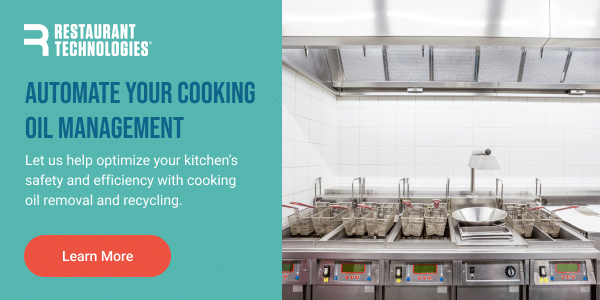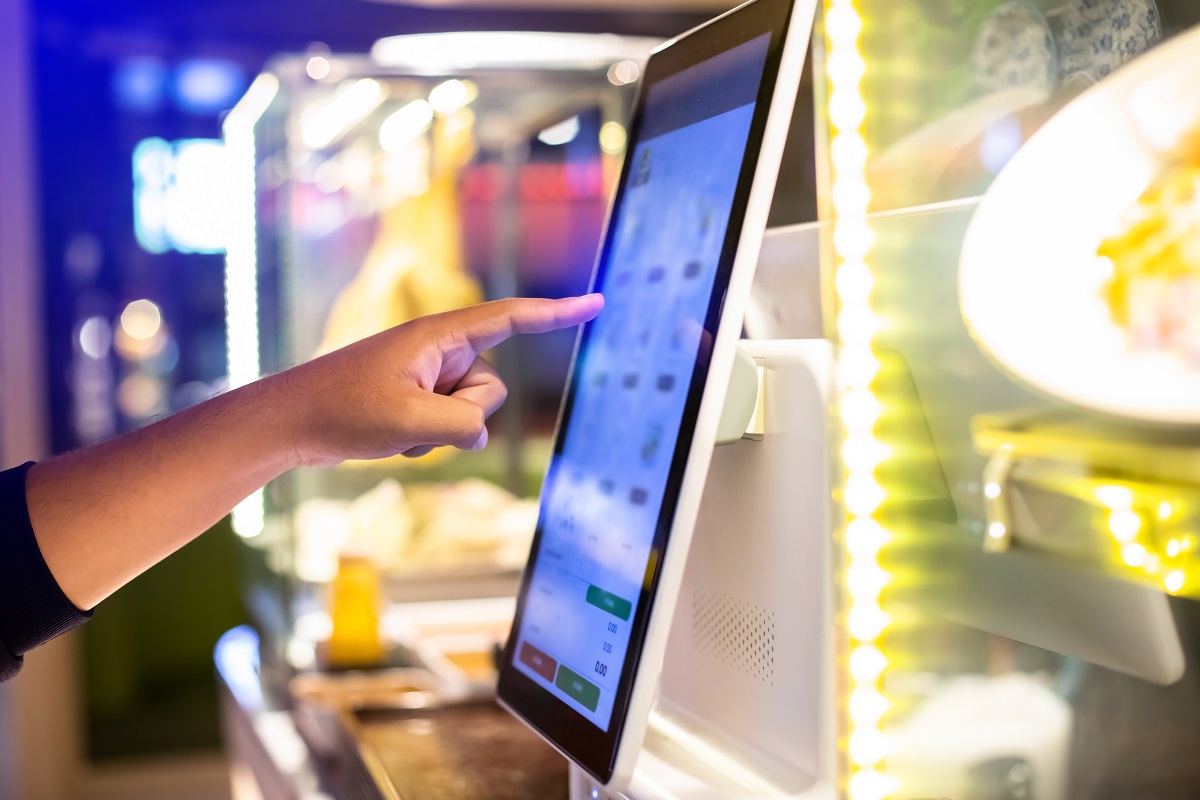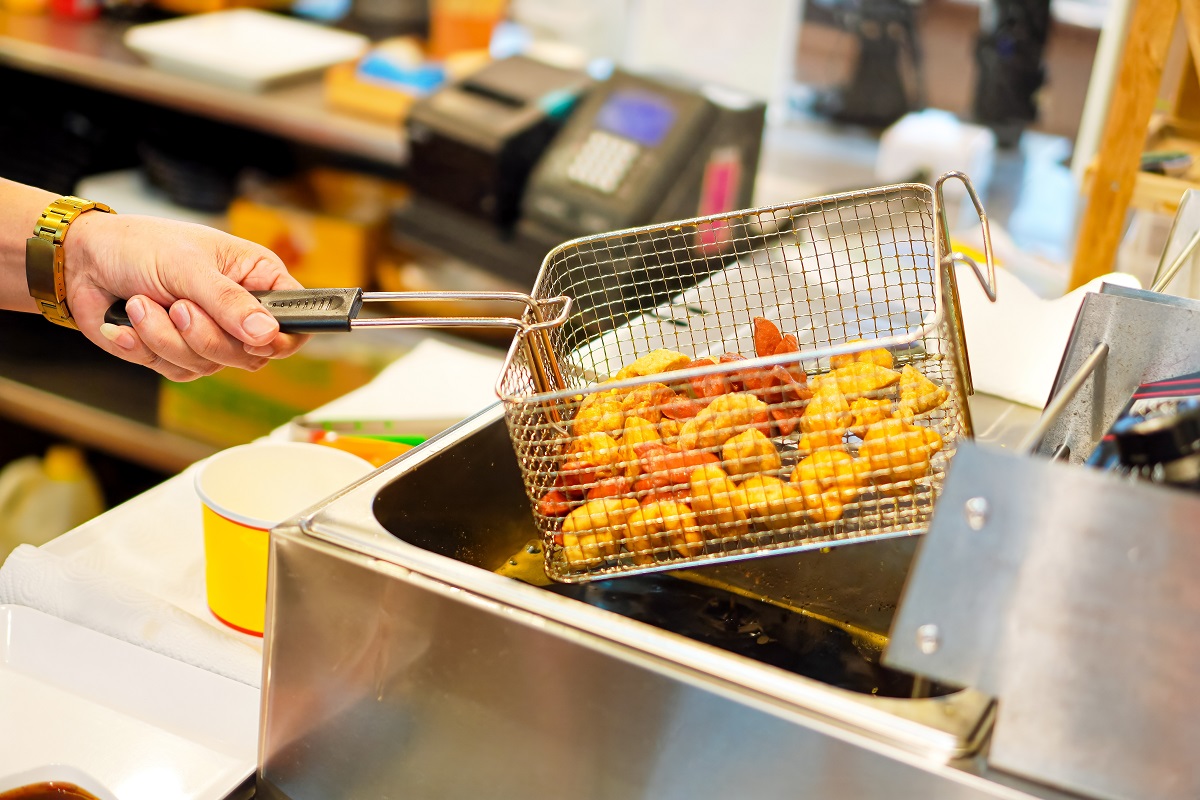Every restaurant leader has seen it happen before: the SOP is clear, the checklist is posted, the training is completed, yet the execution still falls apart during peak hours. Fries are dropped too early. Oil gets dumped too soon. Guests wait too long. The system should be working, but something’s off.
If you’re leading operations across multiple locations, inconsistency can be both frustrating and expensive. It disrupts throughput, negatively impacts guest experience, and decreases store-level profitability. And most of the time, the root cause isn’t lack of training or effort, but a system problem.
The Limitations of Manual SOPs
Standard operating procedures (SOPs) are a foundational tool for any restaurant or foodservice brand. They help ensure that every step, whether it’s cleaning a fryer, prepping a line, or disposing of oil, is documented, repeatable, and trainable.
But SOPs alone don’t guarantee consistent execution. Staff forget steps, rush during peak hours, or interpret instructions differently. Manual systems rely on perfect attention every shift, from every employee, in every store. In reality, that level of consistency is almost impossible to sustain without extra support.
Real-World Consequences of Inconsistent Execution
When teams cut corners or skip steps, there is a noticeable ripple effect across all operations: food quality drops, equipment degrades more quickly, and customer experience suffers. A five-minute delay in fryer prep or a mistimed oil change might seem small, but it can add friction that slows down ticket times and frustrates both staff and guests.
More importantly, these inconsistencies create brand-level problems. A customer expects the same meal, served the same way, whether they’re in Dallas or Denver. When that doesn’t happen, trust can erode, return visits may decline, and operational performance can suffer.

The Role of Technology in Standardizing Operations
Systems That Help Reduce Decision-Making Friction
Smart systems reduce the margin for error in high-stress environments. Whether it’s oil filtration timers or hands-free disposal, technology eliminates variables that derail consistency. These tools aren’t a replacement for people. They’re designed to support them by making daily tasks easier, more consistent, and less stressful.
As the National Restaurant Association’s 2024 State of the Restaurant Industry report notes, “69% of operators believe that technology will augment rather than replace human labor,”1 reinforcing the idea that automation works best when it empowers staff, not sidelines them.
When the system reminds the team exactly when to act—and reduces messy or complex steps—compliance improves. That kind of built-in support helps ensure SOPs are followed and teams feel more confident and in control during every shift.
Smart systems support taking routine decisions off your team’s plate, putting the focus back on the guest. Instead of relying on memory or guesswork, systems provide prompts, automate timing, and signal when tasks need attention.
For example, oil management systems can monitor oil quality in real time and tell teams exactly when to filter or replace oil. That removes guesswork, prevents premature disposal, and ensures food quality remains consistent, shift after shift. When less mental energy is spent on remembering process steps, more can be directed toward service and speed.
Case Examples: Automating Repetition to Improve Compliance
Businesses that automate repetitive back-of-house tasks are seeing measurable improvements in consistency. In one regional concept, automated oil filtration removed six manual steps per day from line cooks’ routines. Compliance with SOPs increased because the system handled the timing and reminders for them.2
Another fast-casual chain implemented hands-free oil disposal to reduce safety risks and increase cleanliness standards. Because the system made proper disposal easier and cleaner, staff followed through more reliably. These small process changes delivered big gains in operational consistency and food quality.3
Creating a Culture of Consistency Backed by Tools
Empowering Staff with System-Based Support
The best operations teams don’t just enforce SOPs; they build systems that support them.
That means equipping stores with tools that do some of the thinking for your staff. When a system handles monitoring and maintenance, your employees are free to focus on what matters: serving guests, staying safe, and operating efficiently.
This approach helps shift the focus from correcting mistakes to setting teams up for success. It demonstrates that the business is invested in supporting staff with practical tools, not just enforcing rules.
Monitoring, Measuring, and Supporting SOP Adherence
Technology also gives regional and store-level leaders the data they need to support their teams. Dashboards and reporting tools can help show whether stores are filtering oil at the right intervals or disposing of it properly. That can turn SOP compliance from a guessing game into a clear performance metric.
Instead of reacting to mystery complaints or inconsistent ticket times, managers can address issues before they spiral. Teams that fall behind get extra support, and top-performing stores become examples of what works.
This kind of visibility helps multi-unit businesses close the gap between store-level execution and corporate goals, without micromanaging.
Next Steps Toward Operational Alignment
If your team is struggling with inconsistent execution, start by asking the right questions:
- Are there tasks that are easy to skip or forget under pressure?
- How many steps rely on individual memory or discretion?
- Are your SOPs backed by systems, or enforced through repetition and reminders?
Smart systems help remove friction. They don’t require perfect memory or flawless focus to keep your stores running smoothly. Instead, they offer prompts, automate timing, and make compliance the path of least resistance.
For operations leaders, it’s time to shift the mindset from rule enforcement to system design. Align your SOPs with tools that make the right action easy and repeatable. When the systems work, the team flows. And when the team flows, the guest experience improves. Contact Restaurant Technologies for a free consultation on how to automate your cooking oil systems.
Sources:
- National Restaurant Association. Make room for restaurant automation. https://restaurant.org/education-and-resources/resource-library/make-room-for-restaurant-automation/
- Restaurant Technologies. MultiCustomer Case Study. https://www.rti-inc.com/multi-customer-case-study
- Restaurant Technologies. Case Study: Automated Oil Management Solution Reduces Costs, Increases Safety
https://www.rti-inc.com/blog/case-study-automated-oil-management-solution-reduces-costs-increases-safety/







